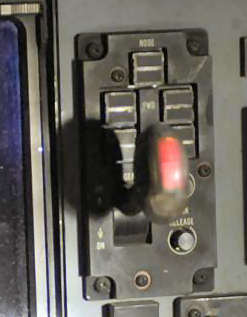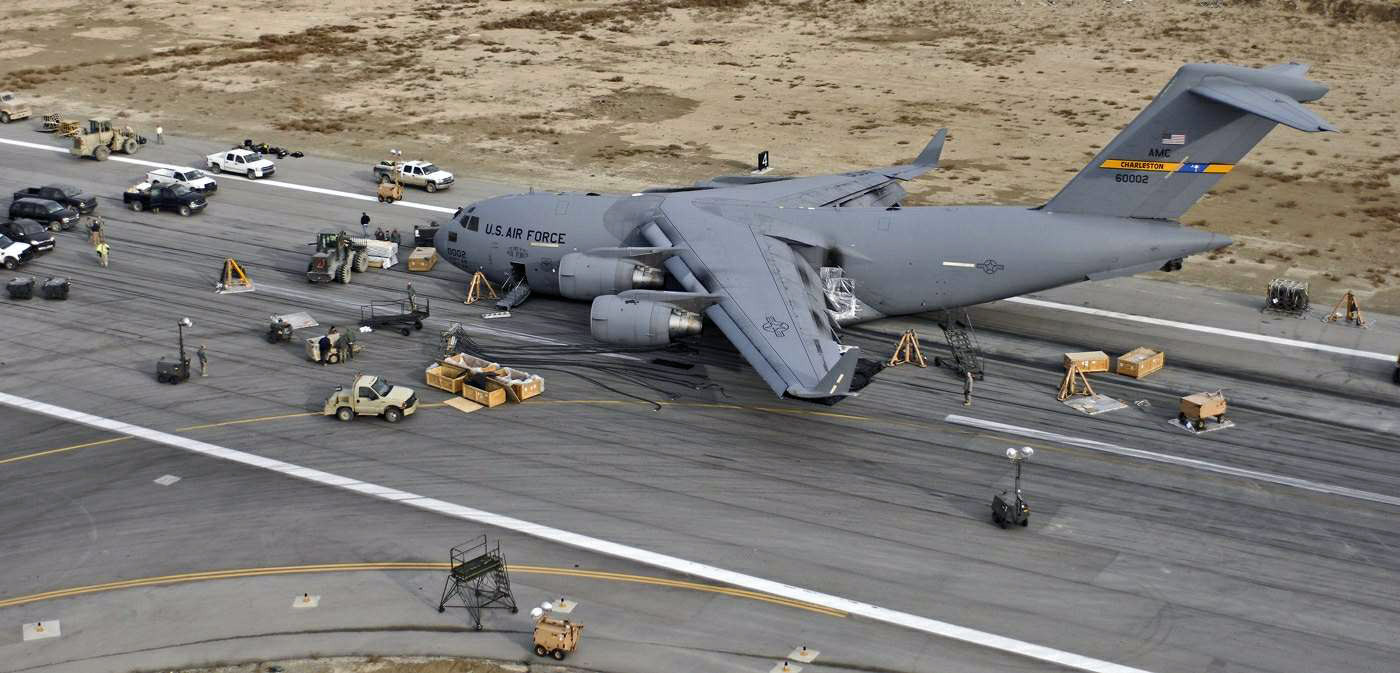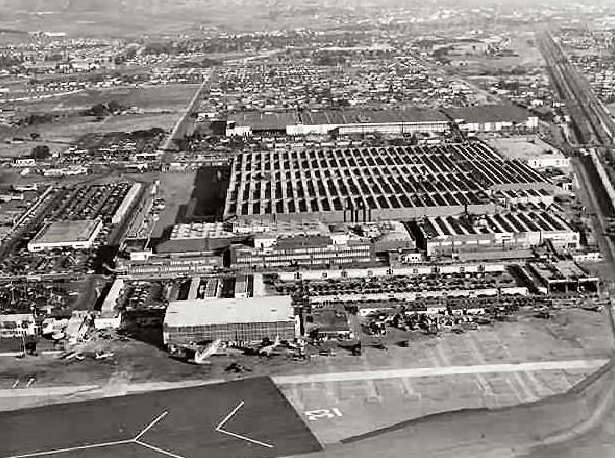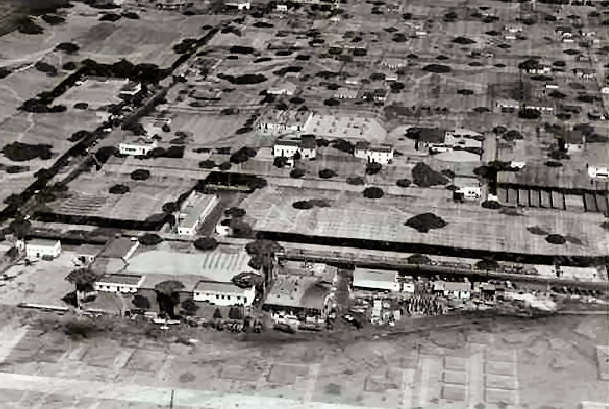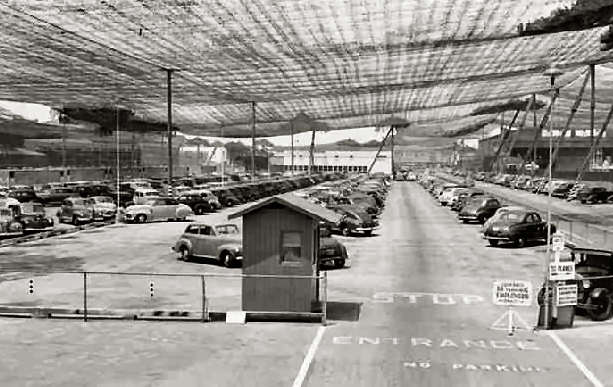|
Radschool Association Magazine - Vol 28 Page 15 |
|
|
Privacy Policy | Editorial Policy | Join the Association | List of Members | Contact us | Index | Print this page |
|
|
|
|
|
OOPS!
On Jan 30, a USAF C-17 Globemaster made a “gear up” landing at Bagram Air Base in Afghanistan. The aircraft was extensively damaged. The crew escaped the aircraft safely and the emergency resulted in the temporary closure of the runway although normal operations resumed next day.
The picture at right shows the gear lever was in the UP position for landing, meaning the two pilots either forgot to, or for some operational reason, did not select the gear down. If both forgot, which, in a modern, multi crewed aircraft, is un-comprehensible, it would suggest that the pilot and the crew could have a little explaining to do.
This accident was the second bad C-17 landing in Afghanistan during the past two months: on Dec 23, another C-17 overran at Kandahar after landing.
What does this suggest?? Are the crews overworked or do the operating procedures need looking at.
|
|
|
|
|
|
|
|
|
Two Irish hunters chartered a light plane to fly them to Canada, to hunt moose, and they managed to bag six. As they were loading the plane to return home, the pilot said the plane could take only four moose. The two lads objected strongly. 'Last year we shot six. The pilot let us take them all, and he had the same plane as yours” they said. Reluctantly, the pilot gave in and all six were loaded, however, even on full power, the little plane couldn't handle the load and went down. Somehow, surrounded by the moose bodies, Paddy and Mick survived the crash.
After climbing out of the wreckage, Paddy asked Mick, 'Any idea where we are?' Mick replied, Yeah, I think we're pretty close to where we crashed last year.'
|
|
|
Lockheed – Alf Smith
During World War II, the US Army Corps of Engineers needed to hide the Lockheed Aircraft Plant at “beautiful downtown Burbank” to protect it from possible Japanese air attack. They covered the whole complex with camouflage netting and trompe l’oeil to make it look like a rural subdivision from the air. Back in the early 1940’s, this was as close to special effects as you could get.
The photo above is of the plant before camouflage commenced.
The airport runway, in the bottom left corner of the photo, was built in 1930. By 1934 the airport had become Los Angeles' primary airport known as Union Air Terminal. During the 1930's the Lockheed Aircraft Company, adjacent to the field, had evolved into one the nation's largest aircraft manufacturers and in 1940 Lockheed purchased the airport.
It was then renamed Lockheed Air Terminal and used to test and pre-delivery Lockheed aircraft. It also remained Los Angeles' primary civil airport and remained the area's only civil airport throughout the Second World War.
Once camouflaged, the main Lockheed plant and runways were made to appear as grain fields and houses, and the parking lot was covered over with netting to appear as alfalfa fields. In addition, an extensive smoke screen system was installed to hide the plant under smoke.
The photographs below were taken during the early 1940’s by the U.S. Army Corps of Engineers as they were completing the massive camouflage effort.
During the war years the American people and the military were quite concerned about possible attacks by the Japanese on the mainland. Lockheed was a huge military aircraft manufacturing centre in California, as well as an active P-38 fighter base.
|
|
|
What should you do if you see an endangered animal eating an endangered plant?
|
|
|
At this facility they manufactured the famous Lockheed P-38 Lightening, right, and the Hudson bomber, below.
|
|
|
|
|
|
You can be overwhelmed and you can be underwhelmed, but can you be whelmed??
|
|
|
|
|
|
|
|
|
|
|
|
|
|
|
Humans are the only species on earth that have face-to-face sex.
|
|
|
|
|
|
|
|
|
|
|
|
The idea of deceiving the enemy as to what you are doing was not new. Trying to hide individual items from observation was not new, trying to hide whole factories from aerial bombing during The Second World War was new.
After December 7, 1941 the Lockheed and Boeing aircraft factories along the West Coast were put under netting to try and hide them from Japanese aircraft attack. The Boeing plant went even further with fake houses and trees over the factory. The effectiveness of this was never tested, no Japanese aircraft got anywhere near these factories, but it did instill the sense of the war, the collective threat, to the people not on the front lines in those areas.
The Germans also went to elaborate lengths to hide factories with netting and smoke screens - even so far as to build dummy oil refineries with similar reference points to fool bombardiers trying to hit it instead of the real factory a few miles further on – it’s actually known to have worked once. However, asides from that rare case, hiding a factory would ONLY work if no aerial - or any type of images - of the factory was in possession by the enemy before the pre-mission photo-recon picture had been taken. Hiding a SINGLE item this big never worked - the bridges, rivers, prominent intersections etc would all still be there to allow a proper bomb drop on the factory.
You would have to hide everything around it within a couple of miles so that the person toggling the bombs could not be sure exactly where the target was. Off by 10 seconds means you miss the whole target. Thus you need to fake the scale in the camouflage or shift it over by at least a mile by making a new complete factory along with roads, intersections etc to match the original.
Early in the war that may not have helped - 60% of American bombs that were dropped often missed the real target aiming point (a 1000 foot circle) and hit everywhere around it, so doing the camouflage work then may have actually caused more damage. By late 1943 it had changed so that 60% of bombs dropped usually hit within the 1000 foot radius of the aiming point.
Early in the war a typical mission would have between 250 to 350 B-17s hitting a single target, which means anywhere from 3,000 to 4,200 individual 500 pound bombs exploding within 1000 feet of the aiming point - which would utterly destroy any target. This never happened. The longer the distance flown the less bombs carried. So for a deep raid, each aircraft would have only eight 500 lb bombs in the bomb bay with the remainder of the bomb bay filled with extra fuel tanks. With the accuracy so poor higher numbers of aircraft had to be sent so that statistics would ensure enough actually hit the target. By late 1944 they would send a single group - 56 aircraft to hit a single target and it would be destroyed. The accuracy had gone up due to better ballistic calculations and training of the bombardiers plus better bombing formation tactics employed.
|
|
|
Show me a man who always has two feet on the ground, and I'll show you a man who can't take his pants off
|
|
|
|
|
|
But, as bombing became more accurate, deception techniques actually worked better since every second of flying meant at least a 227 foot (70 metres) error. A person at 25,000 feet looking through a scope cannot see both ahead to see what is coming up and the immediate view of the traversing ground at the same time. A bombardier had just 120 seconds to line up and drop his load of bombs. Thus if the target comes into view just 10 seconds earlier than he thought it would and he drops - and at this time of the war the whole group dropped on the signal of the lead plane's smoke marker - the whole group drops early and you can save the real target.
It’s interesting to note that in January of 1944 there was a change in policy which stated that all aircraft were to be left in their natural metal finish. This cut down production time as there no painting required plus it saved weight - which meant either more fuel or bombs could be carried. Back then, paint was lead based and weighed about 20 lbs/gal and had a coverage of about 200 sq feet a gallon. The weight of paint would reach 500 lbs or more on a Flying Fortress.
|
|
|
Tower: 'Qantas 123, ...and for your information, you were slightly to the left of the centerline on that approach.' Qantas 123: 'That's correct; and, my First Officer was slightly to the right' |
|
|
|
|
|
Back Go to page: 1 2 3 4 5 6 7 8 9 10 11 12 13 14 15 16 17 18 19 20 Forward | |
